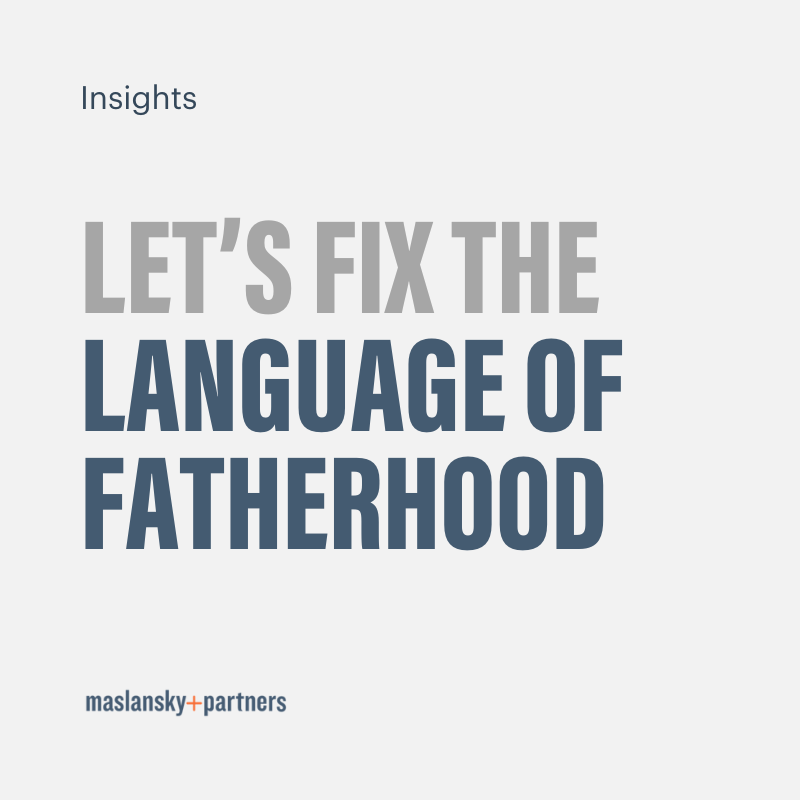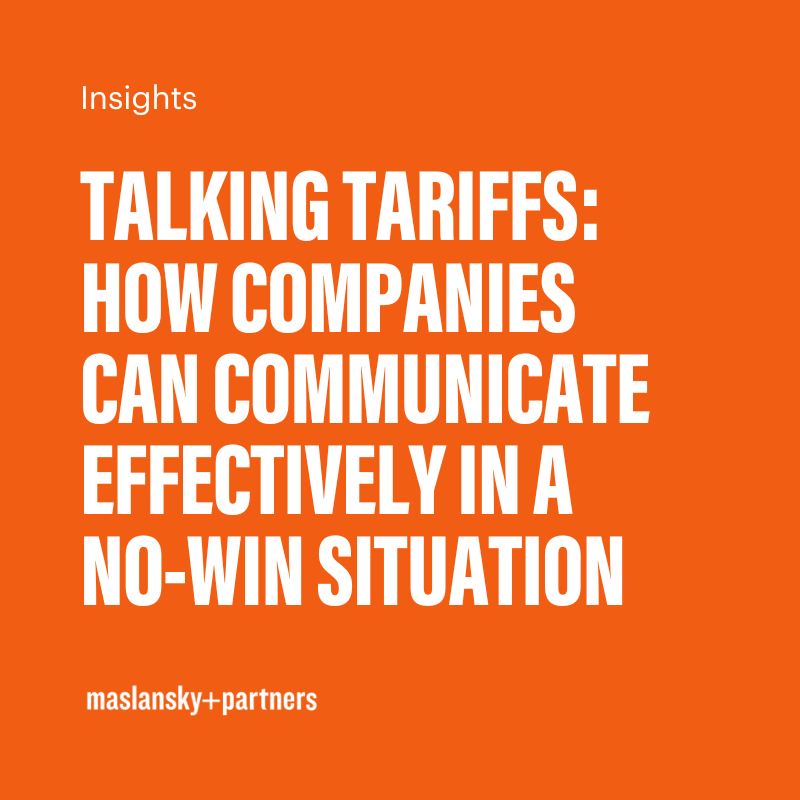3 tips for communicating more effectively about your school
Like any industry, education has a vocabulary of its own. And schools speak to many different audiences, from donors, alumni, staff, and faculty, to students, parents, and prospects. If you’re in education, you need to know how to speak to each of your different audiences in exactly the way they need to hear it.
The institutions that thrive competitively are often the ones that use language most effectively.
But this can be tricky. The “product” you’re selling as a school is an abstract and subjective thing. Something that’s a bit nebulous, and it’s also something people care deeply about. It’s emotional. It involves a lot of pride. And there’s a lot at stake.
There’s also a mindset issue at play. Investing boldly in storytelling can feel counterintuitive, because you’re creating citizens, after all, not selling a product. But schools aren’t just institutions of learning. They’re businesses fighting for customers. And that makes it even more important to know what it is that you’re communicating – and to use the right language.
At maslansky + partners, we’ve worked with a lot of schools to help them do just that. Here are three tips for communicating effectively about your school and the value it provides.
1) DEFINE & TRULY DIFFERENTIATE YOURSELF
If your institution doesn’t define itself in an intentional way, then others will define it for you. So choosing which labels apply to your school can either limit or broaden your message to a particular audience. There are so many charged labels that bring up specific associations, like “private school” or “boarding school.” Take some of our recent research as an example: a school where “children live on campus” appealed to a broader audience than “boarding school,” because boarding school comes with a very specific mental picture. And the same is true for public schools, liberal arts schools, state schools, or Ivy League.
The reality is, most schools are quite similar: in size, cost, academics, and location. Many students want to attend the top-tier schools. But what about the second tier of schools? There are a lot of great reasons to go to there, but they get lumped together. Without a narrative that people are going to be drawn to, people get stuck making decisions based on what they think is most important. Do I want to be in a city or more rural? Do I want a big or a small campus?
It’s a question of: do you know what your one thing is, or the three things, that make you stand out? People are not going to remember everything. How do you explain to a student that what makes you special is your culture, your environment, the unforgettable fit and feel of the place they’ll call home? Finding that real benefit, leaning into a few things as opposed to a laundry list of places that you compete with, becomes extremely critical.
Differentiating yourself, talking about who you are and how you’re different, has to start with asking your audience. That’s fundamental to the work we do at maslansky + partners. The students who become alums had a specific reason or reasons that made them choose your school and stay there. The donors who give year after year have a specific reason for supporting the programs and services of your school. The faculty and staff have specific reasons for building strong educational programs with you. Understanding your school’s “special sauce” should not come from your administration meetings, but from the people who are your community.
This is not just a language conversation in education. It’s a business strategy conversation. If you don’t feel like you’re that differentiated, do a deep dive on your school to determine what can make you different. This exercise can drive you to discover something that distinguishes you, if you don’t already have it. We’ve seen schools focus more on technology, or access, or they become the affordable option, the community option, the place of pride; all to great effect with their target audiences.
2) CONVEY YOUR TRUE VALUE
One of the challenges right now in education is demonstrating the value: talking about what it means to get an education and what the benefit is.
It can feel somehow crass to talk about what students, parents, alumni, faculty, staff, prospects, and donors get out of it, because the whole point is that you’re developing citizens to create a better world. But if students or their parents are paying tens of thousands of dollars, they want to know competitively, what am I going to get out of it? And they think in terms of real-world benefits. You have to find that balance.
Consider a school that’s converting to university status. It’s an enormous moment for the school, but it may mean almost nothing to the parents and students there. What’s more relevant to a student is what the school offers, the skills that employers want and that graduates need to succeed as dynamic thinkers. Be overt and direct about your benefits and your value.
3) BE SPECIFIC IN WHO YOU’RE TARGETING
For many organizations, there’s a tension between being very specific and targeted and appealing to a broader base of people. Honest, candid reflection can help you determine who you are trying to reach. Who are your students and how do you intentionally go after them? And how do you approach reaching any holes in your target audience; for example, a diversity element you don’t have. Be specific in who you’re targeting.
There’s also an element of intentionally categorizing your school because you want to be focused on who you are, what you stand for, and who you’re trying to attract. A lot of that comes back to the idea of labels. If you say you’re a “school for leaders,” you’re selecting for a certain kind of people who resonate with that language. And if you say you’re a “school for people who want to lead,” you’re saying a slightly different thing than a “school for leaders,” in a slightly different way. There will be people who resonate with the former rather than the latter and vice versa. Which audience you want responding depends on who specifically you’re trying to reach.
Interested in more on this subject? Check out this episode of our Hearsay podcast, where our maslansky + partners language strategists have a lot more to say about the language strategy of education and how to get it right. And contact us. We would love to talk about your challenges and how you can more effectively communicate about your school.









